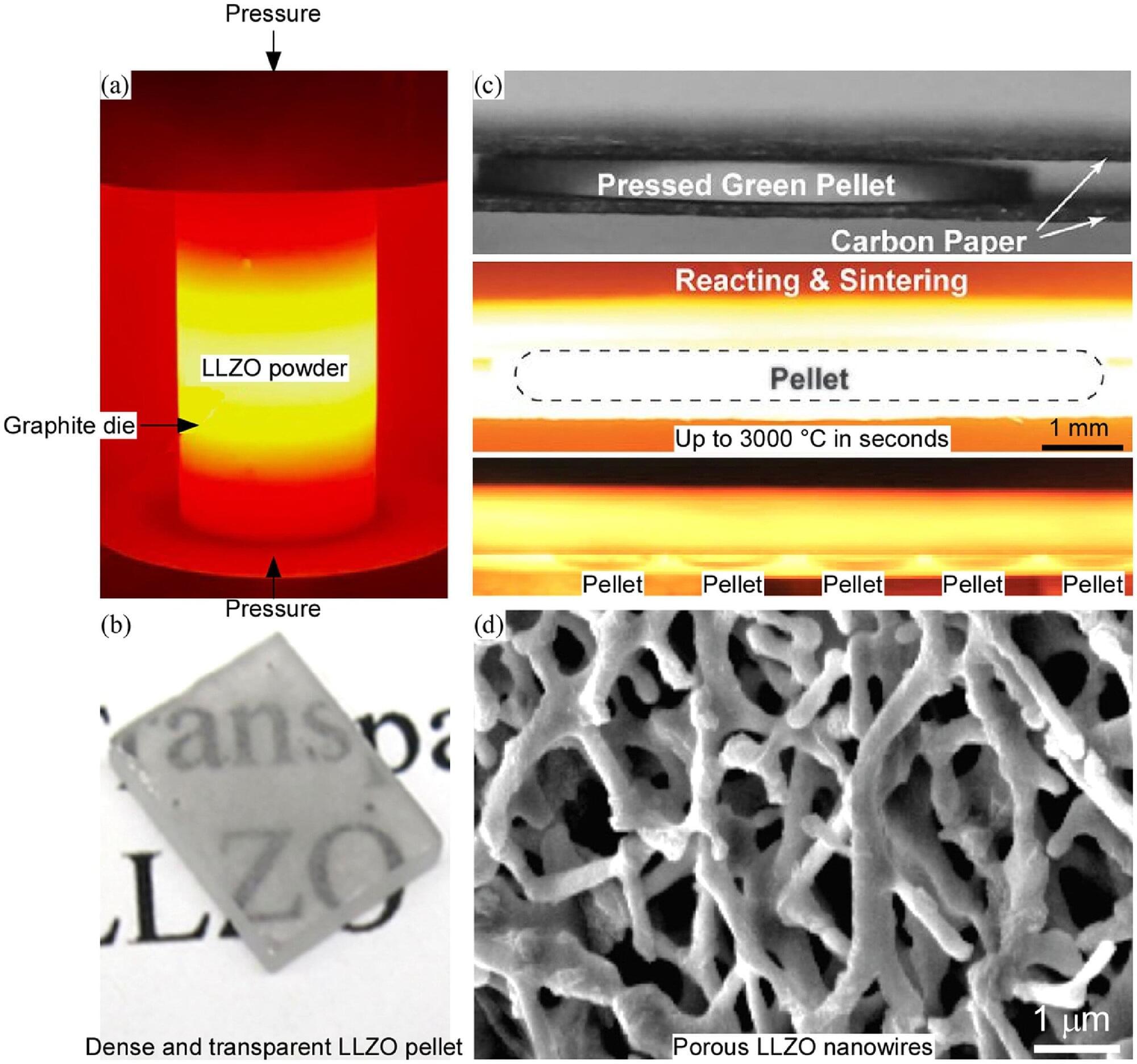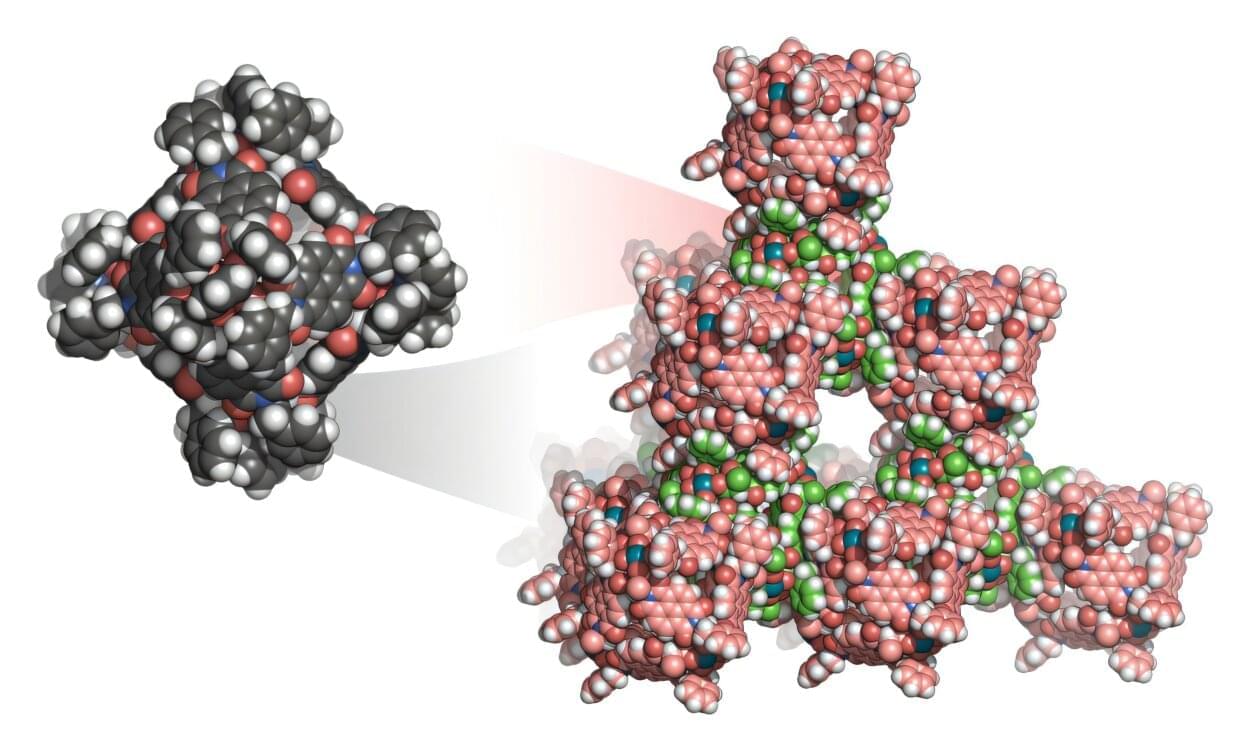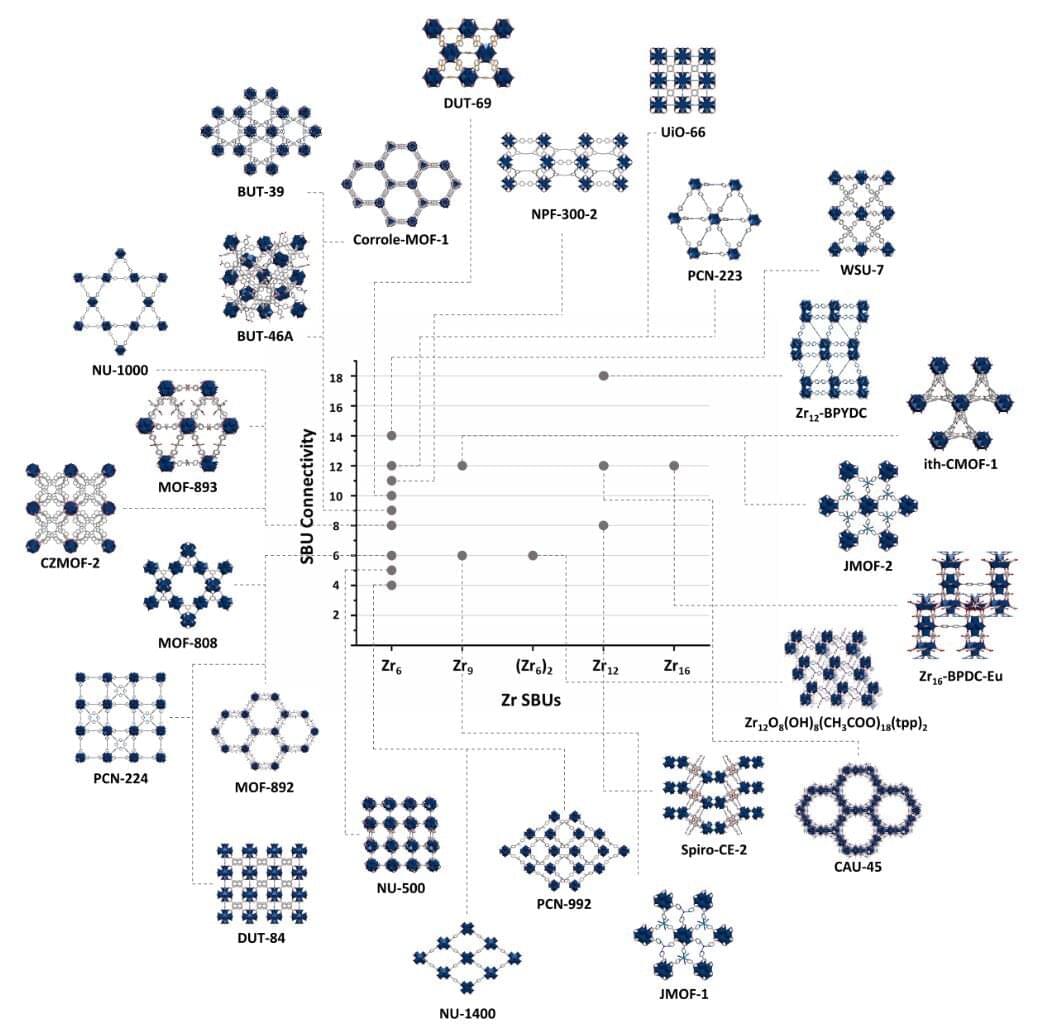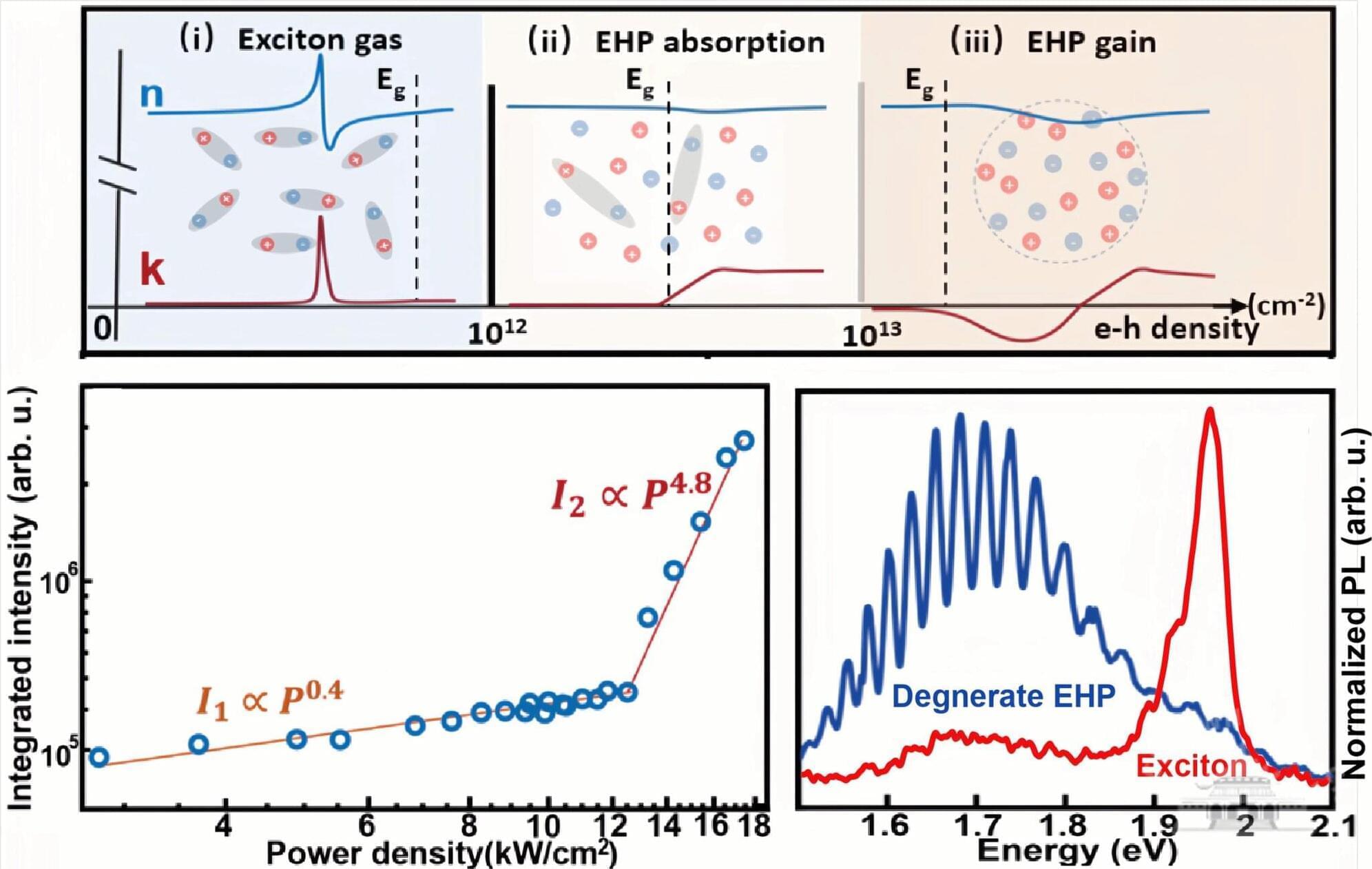A recent study evaluating garnet-type solid electrolytes for lithium metal batteries finds that their expected energy density advantages may be overstated. The research reveals that an all-solid-state lithium metal battery (ASSLMB) using lithium lanthanum zirconium oxide (LLZO) would achieve a gravimetric energy density of only 272 Wh/kg, a marginal increase over the 250–270 Wh/kg offered by current lithium-ion batteries.
Given the high production costs and manufacturing challenges associated with LLZO, the findings suggest that composite or quasi-solid-state electrolytes may be more viable alternatives. The work is published in the journal Energy Storage Materials.
“All-solid-state lithium metal batteries have been viewed as the future of energy storage, but our study shows that LLZO-based designs may not provide the expected leap in energy density,” said Eric Jianfeng Cheng, lead author of the study and researcher at WPI-AIMR, Tohoku University. “Even under ideal conditions, the gains are limited, and the cost and manufacturing challenges are significant.”









